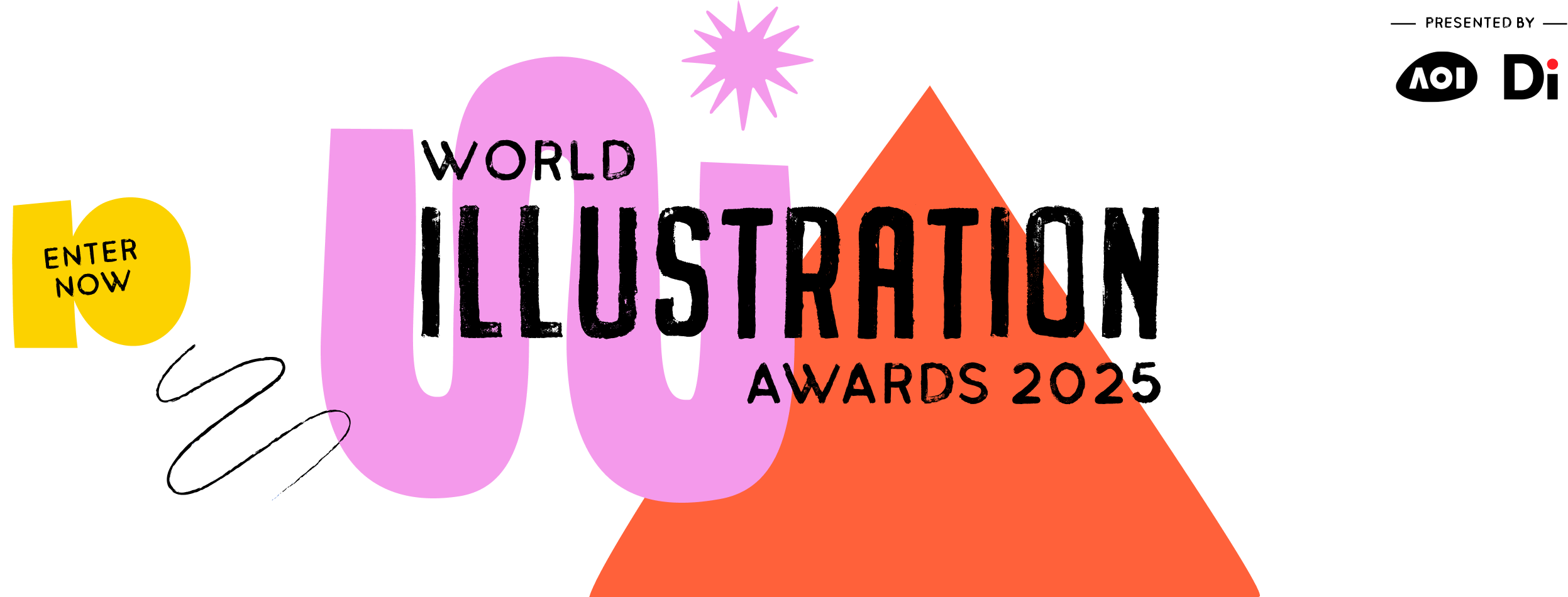
Image Type: multiple
Usage: Archaeological illustrations commissioned by the POSTGLACIAL project which runs the most recent excavations of Star Carr, a Mesolithic site in North Yorkshire (starcarr.com). For publication in a monograph, ‘Star Carr Volume 2: studies in technology, subsistence and environment’* currently in press at the time of writing, both for print and as an open access ebook. These 5 figures are all from the ‘Antler and Bone Technology’ chapter. However they form part of c. 150 of my artefact illustrations in the book covering antler, bone, wood and shale artefacts. My Star Carr monograph images, including a drawing of a shale pendant engraved with the oldest Mesolithic art in Britain and a drawing of the earliest complete bow in the world, are also published in associated academic papers. The images are also used for POSTGLACIAL publicity purposes as aides in lectures and talks and are currently used in a Yorkshire Museum Spotlight exhibition gallery interpretation show casing Star Carr headdresses.
*Nicky Milner, Chantal Conneller and Barry Taylor (eds)
Process: 1. Work within a team of specialists contributing my visual interpretations and findings that arise from the illustration process. 2. Use all available resources including specialist knowledge gained from interaction with the team and my own research combined with a range of visual techniques (including 3D scanning and modelling) to build an accurate representation of the artefact for illustration by hand. 3. Collate this information to decide what presentation to use according to archaeological illustration conventions. This could be deciding which elevations to draw, where to place a cross section or in what scale to reproduce the image. 4. Design a work space to accommodate specific preservation/ climatic protocols of artefacts. Often these are unique to each artefact. Star Carr is a water logged site so the artefacts are drawn whist preserved in wet, cold conditions. Only after illustration are the artefacts put forward for conservation. 5. Design strategies to keep fragmented artefacts in place whilst drawing. Artefacts are often given to me in many fragments which I need to temporarily assemble for illustration. Holding a large antler perfectly still at a certain angle (like 115876) whilst drawing can get pretty awkward! 6. Apply traditional hand illustration techniques to draw onto drafting film from life. Accurate measurements are made to scale with callipers, set squares and by eye. 7. Where applicable use traditional inking techniques (stipple, hatching etc) to produce a final ink copy. 8. Scan, edit, label and save as a digital file (see Format).!
Materials: Pencil on drafting film. Some of the other illustrations in the Postglacial project (not entered here) are ink on drafting film. All scanned and edited as digital files (see Format).
Formats: Pencil drafts on film. Completed as pencil drawings or as ink copies on film. All antler bone illustrations for Star Carr are finished in pencil while most wood illustrations are inked since they require more schematic illustrations showing the wood conversion (grain, growth rings etc). Drawings are scanned (specialised scanning firm is used for oversize originals) and then edited in the Creative Cloud. Digital editing is kept to a minimum in order to retain originality. The background is cleaned up, tonal quality is increased if the images have been scaled radically and text/ scale bars inputted and saved to specified file format. Digital editing is also used for making amendments after proofing (rotating an elevation for example) without having to go back to the original. All images are digitalised for sharing, archival and publication purposes.
Brief Requirements: Star Carr is a Mesolithic archaeological site, dating to around 9000 BC, just centuries after the end of the last Ice Age. It has become famous in the archaeological world due to the preservation of artefacts found buried deep in the peat. These incredibly rare finds include headdresses made from red deer skulls, thought to be used by shamans in ritual practices, barbed points (harpoons) used in hunting and fishing, the oldest house in Britain, the earliest evidence of carpentry that we have in Europe and the oldest Mesolithic art we have in Britain.
As part of the project I was commissioned to draw a large collection of headdresses. ‘Mesolithic Frontlet Headdress 115876’ is the largest, most complete red deer frontlet discovered in the recent excavations. ‘Mesolithic Frontlet Headdress 116888’ is an example of one of the headdress drawings that do not have full antlers. Also included here is the collection of smaller ‘Mesolithic Roe deer frontlets’. The ‘Mesolithic bone scraping tool’ is one of a group of Star Carr tools that I drew including an elk antler mattock and a red deer antler bodkin. The main objective is to record the working on the bone and a range of anatomical features to illustrate the specialists’ analysis of these headdresses.
The ‘Mesolithic Antler Barbed Points’ entry is one page from a total of 34 barbed point harpoon illustrations in the book. Many other barbed points had been found in the first Star Carr dig in the 1950s. My barbed point illustrations of those discovered in the 2015 excavations were required to be technically comparable to those published in ‘Excavations at Star Carr’ by Clark, (1954).
As for all the drawings in the monograph, my brief is to understand the archaeological significance of the artefact and to convey this in a scaled technical illustration. As illustrator I am asked to interpret the artefact in context so it is important to develop an understanding of how it has been manufactured, what material it is and the environment it has been exposed to in order to be able to interpret the information correctly. I have to then draw out the information from the artefact and communicate it in a visually accessible way.
Key Brief Ideas: While producing an illustration to the client’s specification it is important to me that the drawings also give credit to the incredible Mesolithic craftsmanship inherent in the manufacture of these artefacts. The drawings ultimately are a personal interpretation within the context of a technical drawing. However I try to draw what I see, not what I think. To do this I immerse myself in the artefact and almost ‘remove my brain’ from the process in a kind of meditation so that my hand to eye coordination flows more readily and accurately. From a combination of this focused drawing experience and the prehistoric nature of the artefacts, can arise a wonderful deep sense of connection to my ancestors and landscape.
I am often asked what is the point of drawing at all, when now we have other (often cheaper) and more effective methods of digital visualisation available. So in order to keep my job, it is quite important to create an illustration that has a certain unique quality. Despite the fact that I am commissioned to provide technical drawings I am pretty sure that aesthetics are important to the commissioner and to the wider audience. So I try to find the natural form within the artefact, that thing that makes it beautiful, without compromising the scientific accuracy of the drawing.
Commissioned For: POSTGLACIAL
Commissioner Company: Prof. Nicky Milner (POSTGLACIAL Director)
chloewatson.myportfolio.com




